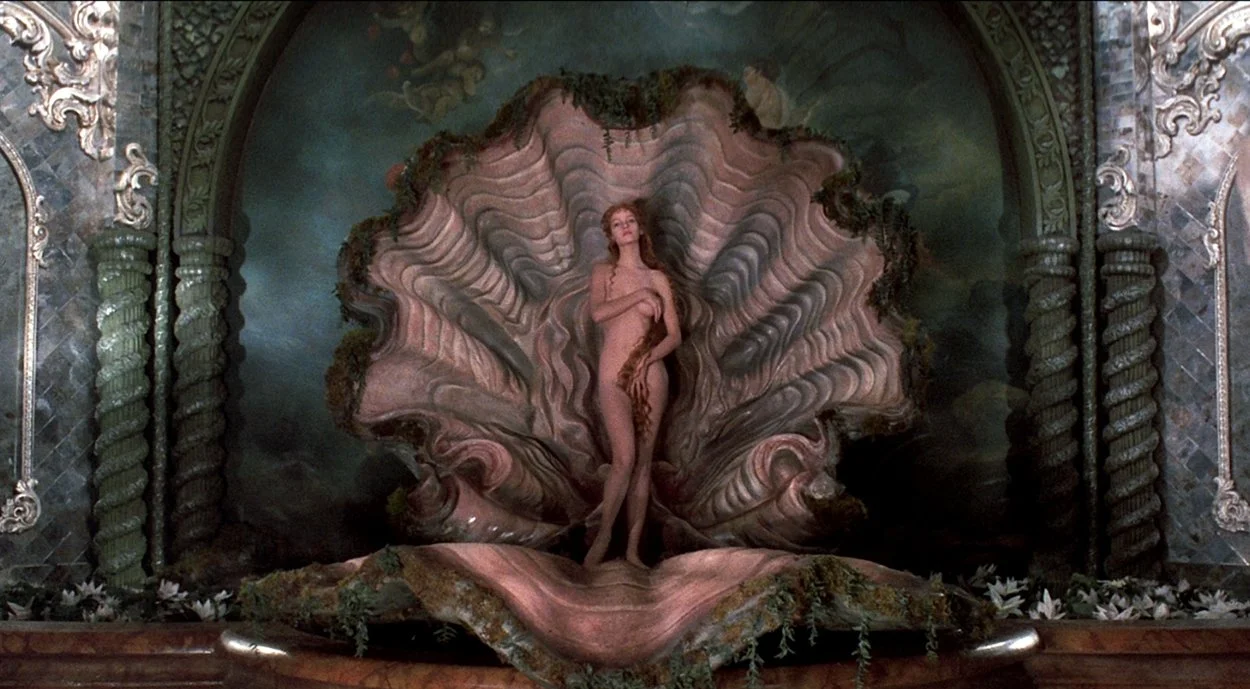The Adventures of Baron Munchausen
BARON MUNCHAUSEN
Stories exist at the origin point of my identity. My very earliest memory is of standing up in my crib, looking into a mirror, and seeing a video game character reflected.
To me, a good story is like a beautifully crafted wooden box. It requires skill and study to make. It demands a deep—or a grudging—appreciation for the techniques of the past. It rewards invocation and subversion of familiar ideas. It belongs to an ancient tradition, perhaps the oldest of all human crafting traditions. It takes care and discipline. It is sturdy and useful. It holds important things.
I linger on the word invocation. Though that word can be applied to something as facile as reusing a trope from “Star Trek,” it is also a word with a religious, even magical connotation. To invoke is to ritually call upon a higher power or an ancient tradition. It is also to do something in the world: to cast a spell of creation or transfiguration.
The Adventures of Baron Munchausen (1988) is a story about stories. Helmed by Monty Python veteran Terry Gilliam, the movie centers Baron Hieronymus Karl Friedrich von Münchausen, a charming, eccentric noble officer with a miraculous ability to rewrite the rules of his universe.
Munchausen and his young companion, child actor Sally Salt, attempt to save a besieged European town from an Ottoman invasion. In visually lavish sequences, they travel to the moon, to the forge of the Roman god Vulcan, and to the belly of a sea monster as they search for the Baron’s companions.
Gilliam’s thematic interest lay in the tension between reality and fantasy. This idea is interwoven with themes of knowledge, hierarchy, authority, love, memory, and death. At best, the thematic impulse produces surprising and emotional moments, like Munchausen growing old again as he plays cards with Death. At worst, the film itself falls victim to some of the same unrealistic, dehumanizing fantasies as its protagonist.
I knew early on in the project that I wanted to focus my energies on distilling and reproducing the film’s astonishing images. But I also wanted to mobilize my literary analysis and interpretations of the movie, because it had given me a lot to think about.
As the medium for my illustrations, I decided to create a set of cards that take inspiration from the standard 52-card deck and tarot cards. The cards were designed digitally and printed on a 2-color Risograph.
The back of each card contains my description and analysis of the symbol as it appears in the movie.
To complete the Baron Munchausen “game set,” I hand-painted 24 wooden game pieces with Posca and acrylic paint, to match the cards:
…And crafted a wooden box to hold them. It’s a simple pine box from Blick, woodstained and lacquered to produce a highly crafted, antique effect. The design, which was inspired by 18th century bookplates, was woodburned into the lid with a laser engraver.
Here’s the finished “game set”:
I used storytelling as a metaphor to investigate my relationship to craft. An image onscreen has two “sides”: visual and metatextual. Both are important to its role in the story. The order and method in which the cards are played makes up the story.
The tokens are moments of time—panels, scenes, and sequences. They create opportunities for a hand to be played, for a beat of the story to play out before us.
The box enclosing the set represents the medium itself: film, comic, oral storytelling. Fine craft in media elevates and protects the integrity of the story within.




















